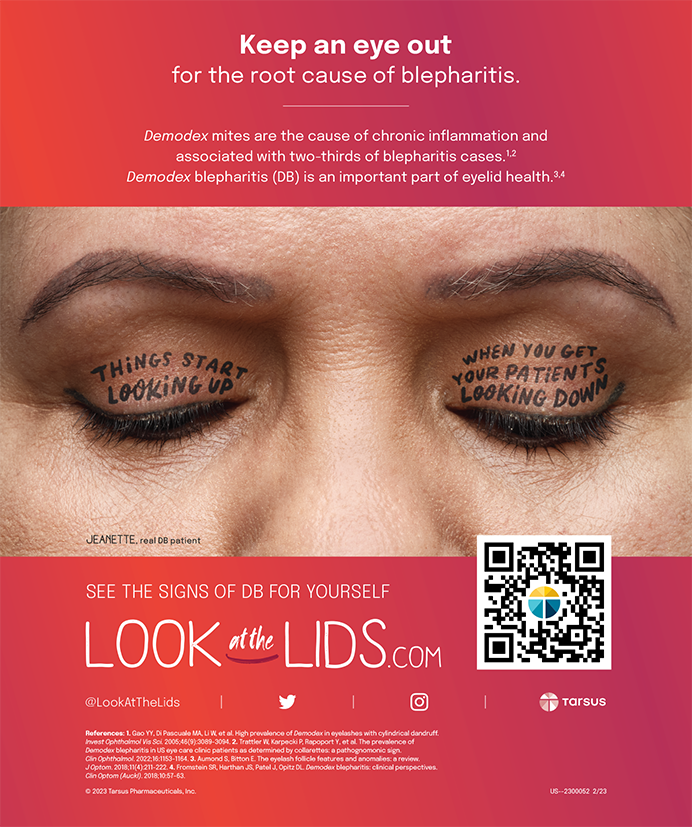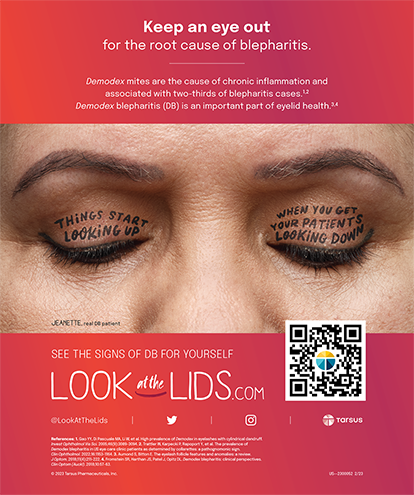In September 2004, I recall nervously monitoring weather reports throughout the day as Hurricane Ivan headed directly toward New Orleans. The news reports explained that much of the city was located below sea level, and that the aging levees could not withstand a category 5 hurricane, meaning that Hurricane Ivan might submerge New Orleans for months. The city's freeways were clogged with evacuees, yet prophetically, 100,000 residents could not leave because they had no means of transportation.1
In addition to fearing for the city's residents, I had a selfish concern of my own—the AAO's Annual Meeting was being held in New Orleans the following month. The AAO's staff and program committee spend all year organizing the meeting, and we were about to find out if it would be cancelled for the first time in its history. Miraculously, Hurricane Ivan veered eastward at the last minute, and New Orleans emerged soaking wet but undamaged. This close call was all but forgotten as the meeting's attendees filled the Morial Convention Center that October. Twelve months later, the long days we had spent inside that convention center made the television images of Katrina survivors camped inside all the more haunting.
We should be proud of the fact that within 1 month of Hurricane Katrina, the AAO Board of Trustees pledged to hold the 2007 Annual Meeting in New Orleans as planned. For a city where tourism is the largest industry (35 of the local economy),2 commitments such as these gave residents much-needed hope for the long recovery process ahead. The AAO Annual Meeting's organizational meeting was held in New Orleans earlier this year. The essence of the city that we've always enjoyed during past Annual Meetings is very much alive. We toured the Morial Convention Center, which has undergone a $60 million renovation. All but two of the designated AAO hotels from 2004 are open, and most of them are newly remodeled. Even the French Quarter looks cleaner, if that is possible. The taxi drivers and hotel/restaurant staff seemed grateful that we were among the increasing number of returning visitors.
Unfortunately, the media has often focused on the post-Katrina crime rate in poor residential neighborhoods. The city has a higher number of police per capita than was present before Katrina, and the convention and tourist areas are heavily patrolled. Last month, a New Orleans Convention Bureau official told me that more than 3.2 million post-Katrina conventioneers have visited New Orleans so far without any instances of violent crime.
Is the city ready for conventions and tourists? Overall, New Orleans meetings and conventions are at approximately 70 of pre-Katrina levels. Many national organizations and visitors are still wary, however, and continue to wait on the sidelines for more assurance. I hope the Annual Meeting will send a positive message to everyone who is watching. We are now the third largest medical meeting in the country, and ours will be one of the three largest post-Katrina conventions held in New Orleans. If we reach 90 of last year's record 29,000 attendance in Las Vegas, we will break the post-Katrina New Orleans record. If you are undecided, I hope that you will make a point of attending the AAO Annual Meeting next month. The meeting will be great, and you can see firsthand how the city is recovering. Collectively, our attendance and support can send a message that rebuilding the city was the right decision and that we want to help New Orleans bounce back.
Dr. Chang is chair of the AAO Annual Meeting Program Committee.


